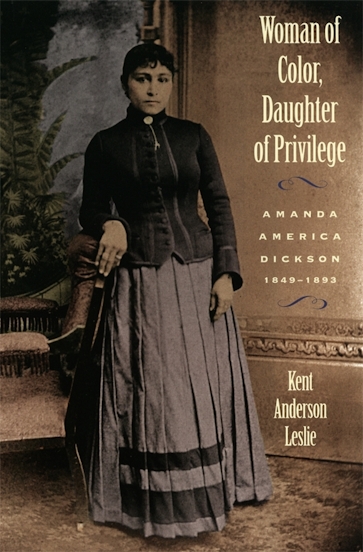Partly Colored: Asian Americans and Racial Anomaly in the Segregated South
New York University Press
2010-04-23
304 pages
13 illustrations
Cloth ISBN: 9780814791325
Paperback ISBN: 9780814791332
Leslie Bow, Professor of English and Asian American Studies
University of Wisconsin, Madison
Arkansas, 1943. The Deep South during the heart of Jim Crow-era segregation. A Japanese-American person boards a bus, and immediately is faced with a dilemma. Not white. Not black. Where to sit?
By elucidating the experience of interstitial ethnic groups such as Mexican, Asian, and Native Americans—groups that are held to be neither black nor white—Leslie Bow explores how the color line accommodated—or refused to accommodate—“other” ethnicities within a binary racial system. Analyzing pre- and post-1954 American literature, film, autobiography, government documents, ethnography, photographs, and popular culture, Bow investigates the ways in which racially “in-between” people and communities were brought to heel within the South’s prevailing cultural logic, while locating the interstitial as a site of cultural anxiety and negotiation.
Spanning the pre- to the post- segregation eras, Partly Colored traces the compelling history of “third race” individuals in the U.S. South, and in the process forces us to contend with the multiracial panorama that constitutes American culture and history.
Table of Contents
Acknowledgments
Introduction: Thinking Interstitially
- Coloring between the Lines: Historiographies of Southern Anomaly
- The Interstitial Indian: The Lumbee and Segregation’s Middle Caste
- White Is and White Ain’t: Failed Approximation and Eruptions of Funk in Representations of the Chinese in the South
- Anxieties of the ‘Partly Colored’
- Productive Estrangement: Racial-Sexual Continuums in Asian American as Southern Literature
- Transracial/Transgender: Analogies of Difference in Mai’s America
Afterword: Continuums, Mobility, Places on the Train
Notes
Works Cited
Index
About the Author
Read the introduction here.


